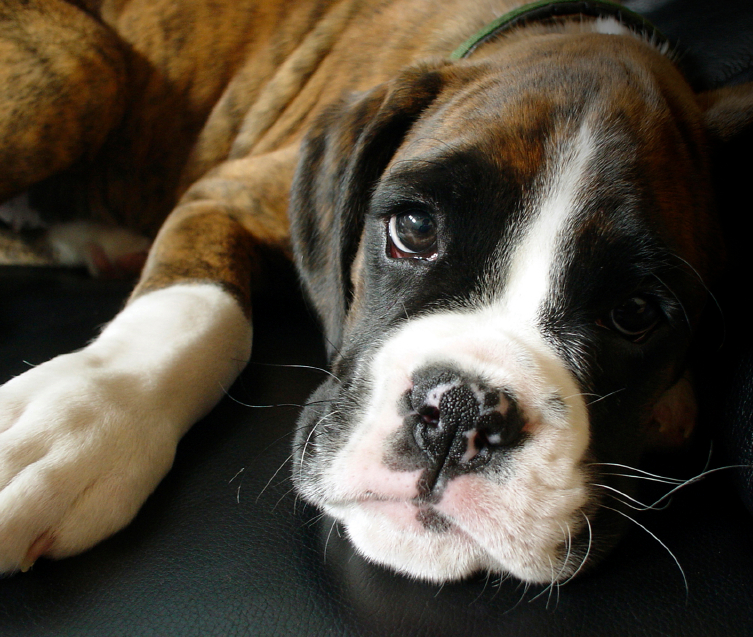Post-Surgical Care for Pets
When your pet has surgery, it is common to feel worried and overwhelmed, especially when it comes to the post-surgical care you will need to give your pet at home.
Thankfully, you can rest assured that your veterinarian team is certain that your pet is stable before sending him or her home to recover. And while the vast majority of patients heal without issue, it is important to know what to watch for in the unlikely event that your pet does develop an infection or other issue.
Here are a few tips on how to help your pet heal, and what to know if complications do arise.
Post-Surgical Comfort and Pain Management
If you have ever been under anesthesia, you have a general idea of how your pet feels after surgery. It is very important to make certain your pet has a quiet place to rest and be comfortable. This place should be close enough to the family for your pet to feel secure, but away from the high traffic areas, other pets, and small children.
It is much easier to prevent pain than to eliminate it once it builds up, so follow your veterinarian’s directions for pain management carefully, and call with questions.
You may want to set a timer on your phone to avoid missing a dose. If you do accidentally miss a dose, do not double up on the next dose. Instead, provide the missed dose when you remember, and then adjust the remainder of the day’s dosage timing accordingly.
Restricting Physical Activities
Restricting your pet’s physical activity can seem impossible, but it’s a must if your veterinarian orders it.
The number one cause of post-op complications is improper activity restriction. A crate is the best solution for limiting activity, but if your pet doesn’t tolerate the crate restrictions, keep a close eye on your pet and make sure that there is a safe place to snuggle for the duration of his or her recovery.
One of the most challenging aspects of activity restriction comes when your pet starts to feel better. Just because pain levels taper off or energy levels resume, doesn’t mean that your pet is fully healed.
Stay firm, and don’t be fooled by a pet that seems better. Keep your pet on a short leash for supervised walks and constitutionals. You’ll be surprised how much just a short walk will do for your pet’s overall attitude, and it will often be enough to wear your pet out for awhile.
Don’t give in to the temptation of the tennis ball, keep your pet’s activity restrictions in place until your vet gives your pet the all-clear.
Infections and Complications
It is normal for your pet to have some bruising, swelling, or leaking of fluids at the incision site after surgery, but this should lessen as time passes. If you see any fluids draining from the wound after the first 24 hours, or smell a foul odor, contact your veterinarian, as this could indicate an infection.
As your pet’s incision heals, it may become itchy. This is a normal part of the healing process, but one that bothers many cats and dogs. Their natural reaction to the itching is to lick, bite and chew at the offending itch. Unfortunately, this causes increased healing time and possible injury, and can increase the chance of infection.
If itching becomes and issue, your veterinarian might recommend an Elizabethan collar (a.k.a. The Cone of Shame). If you need to remove the collar to allow your pet to eat, stay nearby and watch over him or her carefully, as it takes but a second for an insistent pet to reach that itch and do more damage.
Finally, take some time to spend with your pet as he or she heals from a surgery. You may not be prepared for the emotional stress of caring for a recovering pet, but it can be very real. And don’t forget, we are here to help. if you have any questions or concerns about your pet’s healing process, please call. We’re happy to help you over the phone and let you know if there’s cause for concern.



